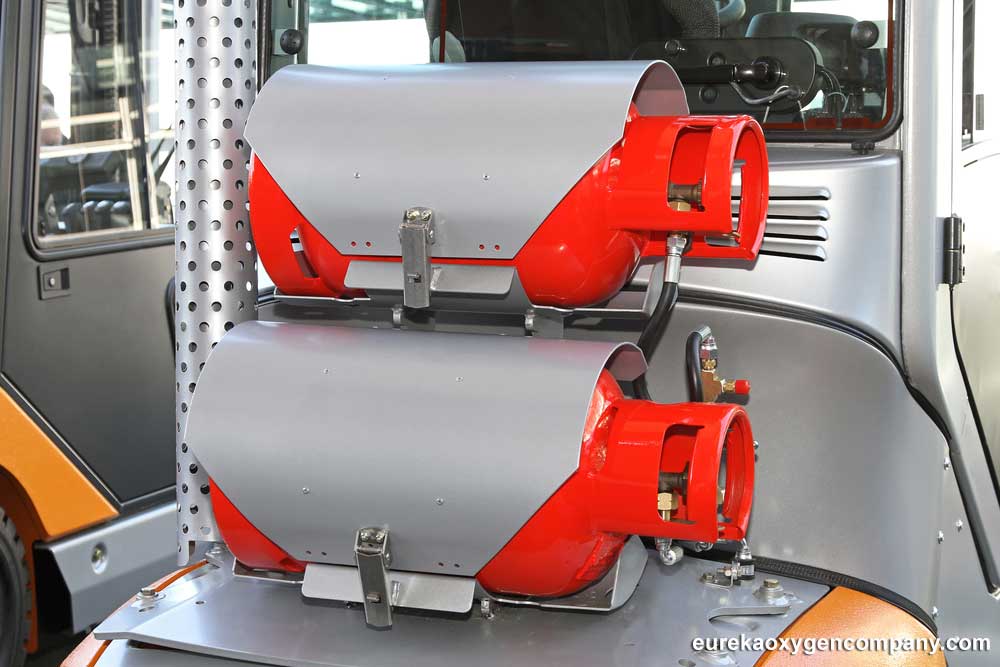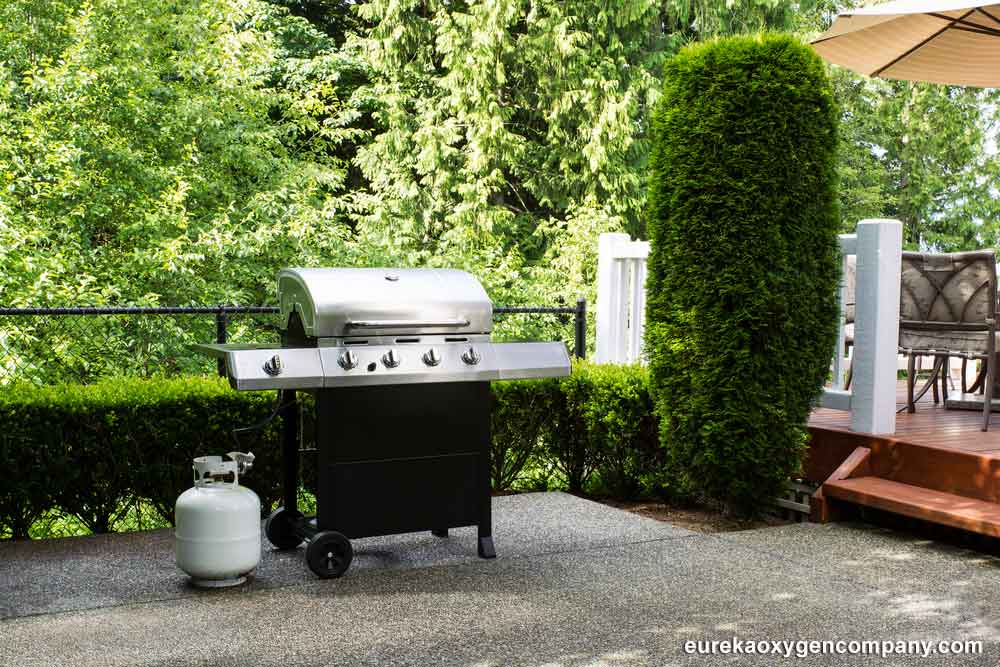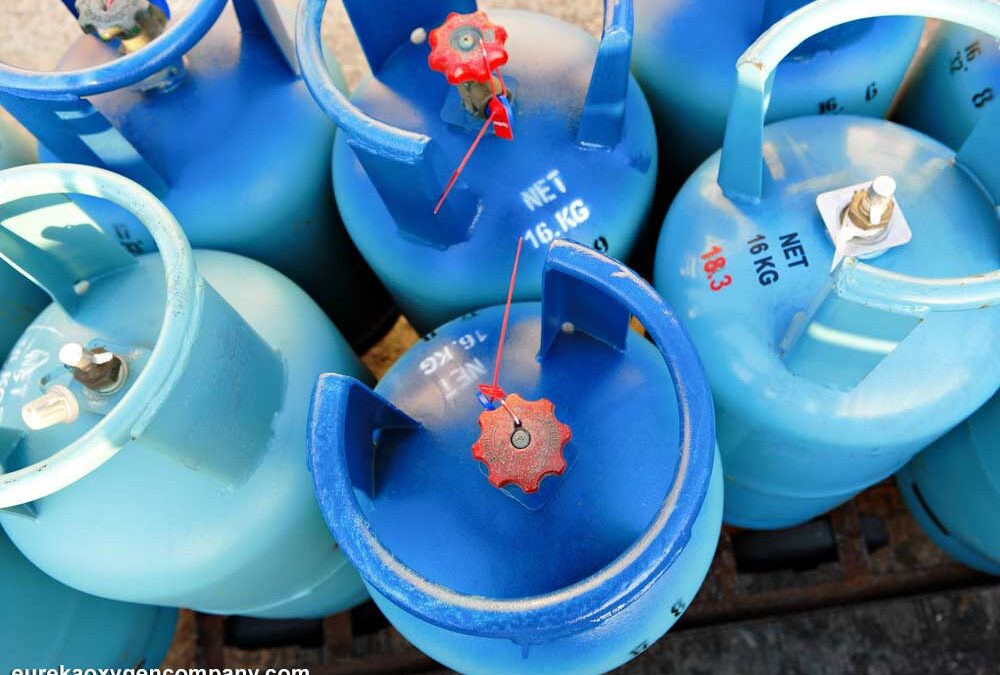Why is propane very popular?
In the first place, propane happens to be an approved clean fuel. This definitely means replacing alternative fuel sources including gasoline or fuel oil with propane tends to be an affordable and practical way of doing your little part in conserving the environment. As such, propane usage is widely acclaimed for significantly minimizing greenhouse gases such as carbon dioxide. Not to mention air pollutants such as carbon monoxide and nitrogen oxide.

On the flip side, propane is an abundant energy source in the United States. As an abundant bridge fuel, propane is indeed a much cleaner substitute to gasoline or diesel. To this end, it has proven to be one of the best alternatives to toxic fuel sources which can effectively solve energy challenges while more long-term and sustainable fuel sources are developed. At the same time, propane is a relatively inexpensive energy source. Regardless of the drastic decline in oil prices, domestic production of this liquid gas is projected to grow quickly in the foreseeable future. In turn, this will certainly maintain downward pressure on its average prices when compared to oil prices. Lastly, the production of propane helps in providing quality jobs for thousands of people in the United States. As an example, in the year 2018 alone, the propane business employed more than 97,000 Americans.
Tips on how to store propane safely during the summer season
While propane utilization in the country is widespread during the winter season, this doesn’t necessarily mean it is low demand during the hotter summer months. In fact, many residential households make frequent use of this fuel in a variety of ways including powering their outdoor living appliances. For instance, below are some of the most notable average utilization of propane in common household appliances in America.

First of all, a swimming pool heater with an average size of 21,000 gallons uses 4 gallons of propane per hour. Additionally, a gas-powered cooktop or range utilizes between 5 – 10 gallons of propane each month. Alternatively, a built-in 4 burner grill uses 7.5 gallons of this liquid gas per hour. On the other hand, a gas-powered clothes dryer makes use of around 1 gallon of propane each and every day, when in operation. Finally, a tankless water heater utilizes 1.5 gallons of propane each day.
When it comes to proper storage of this gas and propane safety during the warmer summer months, this is, fortunately, a relatively stress-free affair. You may store it in the outdoors without any fear on a flat and solid base. Also, it is highly advisable to store the propane tank in a shaded place, where it is not exposed to direct sunlight for prolonged durations of time. Doing this will make sure the gas remains at a safe temperature of no more than 120oF (490C). As for indoor storage of propane, this is also safe so long as you have put in place a proper setup. To this end, it is highly recommended not to store propane in close proximity to your home’s living spaces. Instead, you may store the tank in your garage, basement, or even a detached shed if applicable. Such residential property structures deliver adequate coverage against exposure to direct sunlight and are well ventilated as well. Finally, when storing propane indoors, always place the tank in an upright position, directly on the ground, and in a place devoid of electrical devices or flammable and combustible materials.
Eureka Oxygen is a leading lender of industrial and consumer-grade hydrocarbon gases like propane. We also offer top-quality welding equipment, welding supplies, and diverse industrial equipment.

